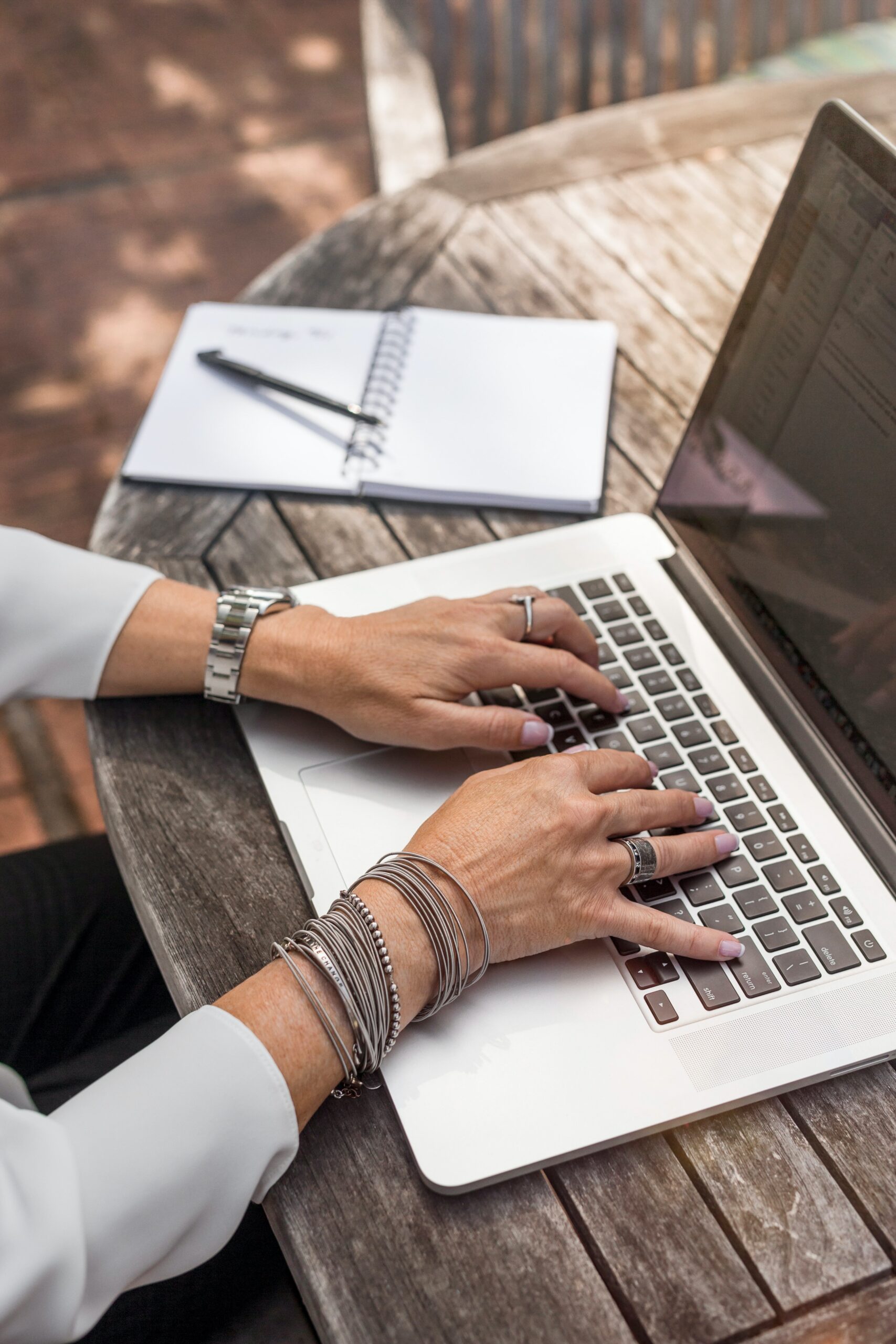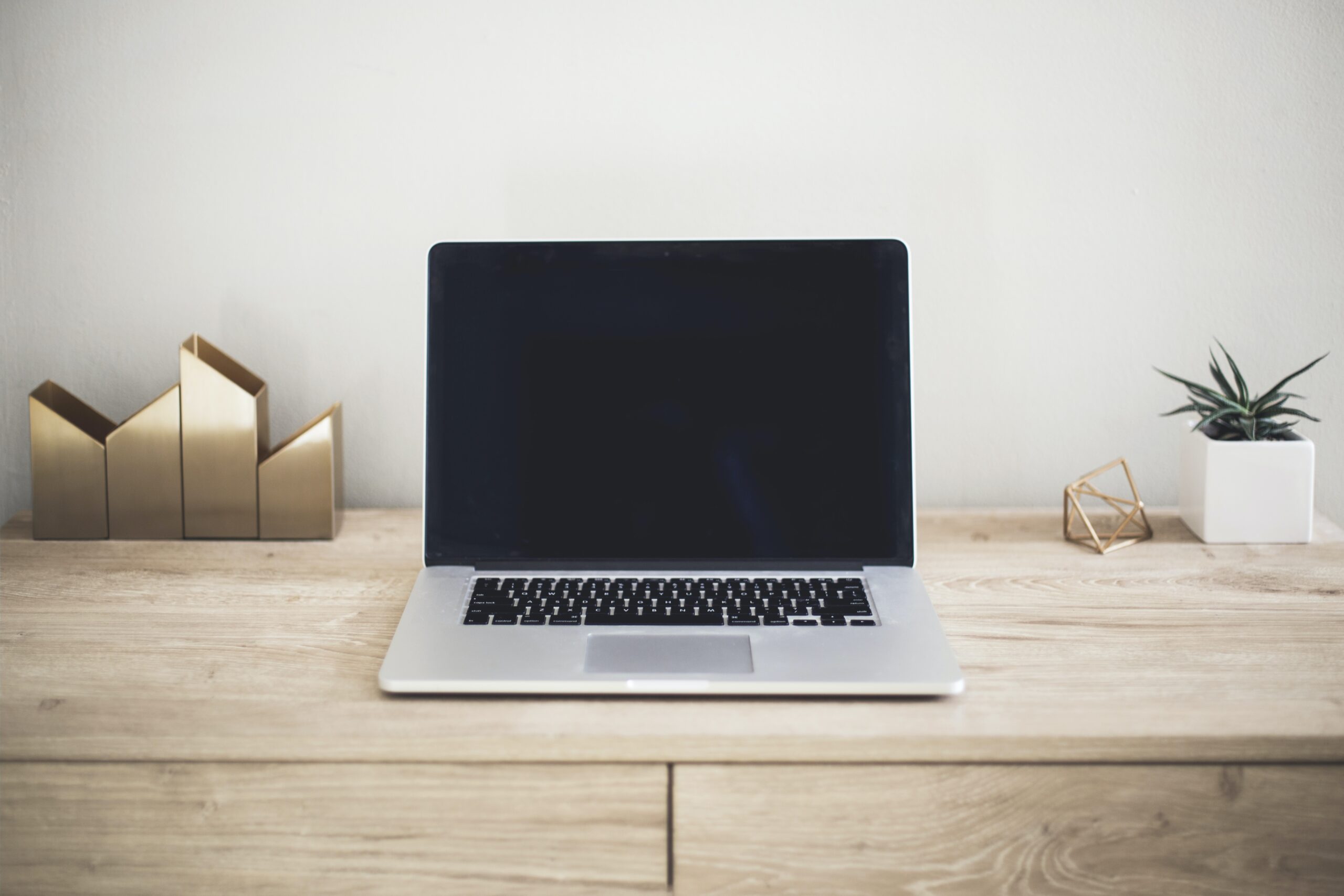







Imagine this scenario: you’re sitting at a crowded coffee shop, working diligently on your laptop, when nature calls. As you reluctantly step away, the thought of leaving your precious device vulnerable sends a wave of anxiety through you. Fret not, my friend, for today we shall unravel the mystery of how to lock your laptop’s screen with ease, relieving you of any future worries. Whether you’re stepping away for a quick break or leaving it unattended for a longer period, we’ve got your back and your laptop’s security in mind. So, let’s explore the simple yet essential steps to keep your laptop safe when you take a well-deserved breather.
Understanding Why You Need to Lock Your Laptop Screen
Importance of locking your laptop screen
Locking your laptop screen is an essential security measure that helps protect your personal and sensitive information from unauthorized access. When you lock your laptop screen, you prevent anyone else from accessing your files, emails, social media accounts, and other confidential data that may be stored on your device.
Unauthorized access to your laptop can lead to various consequences, such as identity theft, financial loss, or damage to your reputation. By locking your laptop screen, you significantly reduce the risk of these potential threats. It also ensures that your data remains confidential and only accessible to you.
Risks of not locking your laptop screen
Failing to lock your laptop screen can have serious repercussions. If you leave your laptop unattended without locking it, anyone passing by can easily access your personal information. This leaves you vulnerable to privacy breaches, data theft, and even malicious activities.
Leaving your laptop unlocked in public spaces, such as coffee shops, libraries, or airports, poses an even greater risk. Opportunistic individuals with malicious intent may take advantage of the situation and compromise your data.
Situations where you might need to lock your screen
Locking your laptop screen is important in various situations. Whether you’re stepping away from your workspace at the office, going to grab a coffee at a café, or simply leaving your laptop unattended at home, locking your screen is crucial.
Locking your laptop screen becomes essential, especially when you are in shared spaces or environments where multiple individuals have access to your laptop. It’s better to err on the side of caution and lock your screen whenever you’re not actively using your laptop.
Locking Laptop Screen Using Shortcuts
Shortcut key for Windows laptop
On Windows laptops, you can quickly lock your screen by pressing the Windows key + L simultaneously. This shortcut immediately locks your screen and requires a password or PIN to unlock it. It is a convenient and effective way to protect your laptop’s data from unauthorized access.
Shortcut key for Mac laptop
For Mac laptops, the shortcut to lock your screen is Control + Command + Q. Similar to the Windows shortcut, this combination promptly locks your Mac and requires authentication to regain access.
Using Hot Corners on Mac to lock screen
Mac laptops also provide the option to set up hot corners to lock your screen. Hot corners allow you to trigger a specific action by moving your cursor to a designated corner of the screen. You can configure one of the hot corners to lock your screen, providing you with an additional option for quick and easy screen locking.

Locking Laptop Screen Through Operating System Settings
Locking screen through Windows OS settings
In Windows, you can adjust the screen lock settings by following these steps:
- Click on the Start button and go to Settings.
- Select “Accounts” from the Settings menu.
- Choose “Sign-in options” from the left sidebar.
- Under the “Require sign-in” section, you can set the time after which the screen will automatically lock when the laptop is idle.
- Additionally, you can enable the “On resume, display the lock screen” option to ensure the screen locks when you wake your laptop from sleep mode.
Locking screen through MacOS settings
On a Mac, you can customize the screen lock settings through the following steps:
- Click on the Apple menu and select “System Preferences.”
- Choose “Security & Privacy” from the System Preferences window.
- Go to the “General” tab.
- Enable the option “Require password [time] after sleep or screen saver begins” by adjusting the time according to your preference.
- You can also choose to “Show a message when the screen is locked” to display a custom message on the lock screen, which can be helpful for identification purposes.
Locking screen through Linux OS settings
Locking the screen on a Linux laptop can be done in various ways, depending on the distribution and desktop environment you are using. However, most Linux distributions offer a few common methods to lock the screen, such as keyboard shortcuts and menu options within the desktop environment. It is recommended to consult the documentation or the community resources specific to your Linux distribution to find the most suitable method to lock your screen.
Setting Automatic Lock When Idle
Setting up automatic lock for Windows
To set up automatic lock when your Windows laptop is idle, follow these steps:
- Go to the Windows Start menu and open the Control Panel.
- Navigate to the “Power Options” settings.
- Click on “Change plan settings” for the current power plan that you are using.
- In the new window, select “Change advanced power settings.”
- Expand the “Display” section and find the “Console lock display off timeout” option.
- Set the desired duration for the screen to lock automatically when idle.
- Click “Apply” and then “OK” to save the changes.
Setting up automatic lock for Mac
Setting up automatic lock on a Mac when idle can be done using the following steps:
- Open the Apple menu and go to “System Preferences.”
- Navigate to the “Security & Privacy” settings.
- Select the “General” tab.
- Enable the option “Require password [time] after sleep or screen saver begins.”
- Adjust the time according to your preference using the dropdown menu.
- The screen will now lock automatically after the specified duration of inactivity.
Setting up automatic lock for Linux
The process of setting up automatic lock when idle may vary depending on the Linux distribution and desktop environment. However, most Linux distributions offer built-in options to configure automatic screen locking when the laptop is idle. It is recommended to refer to the documentation or community resources specific to your Linux distribution to find the appropriate steps to enable this feature.

Using Third-Party Software to Lock Screen
Brief overview of third-party software to lock screens
There are various third-party software options available that can enhance the screen locking capabilities of your laptop. These software solutions offer additional features such as customization, multi-factor authentication, and remote device management.
How to install third-party software
The installation process for third-party screen locking software may vary depending on the specific software you choose. However, in most cases, the installation involves downloading the software from the official website and following the provided instructions. It is advisable to only download software from trusted sources to ensure your laptop’s security.
Setting up third-party software to lock screen
Once you have installed the third-party screen locking software, you will typically have access to a settings menu where you can configure various options. These options may include customizing lock screen messages, choosing alternative authentication methods, and adjusting the lock screen behavior according to your preferences. Refer to the software’s documentation or support resources for detailed instructions on how to set up and customize the screen locking features.
Using Biometric Security to Unlock Your Laptop
Setting up fingerprint unlocking on Windows
If your Windows laptop supports biometric authentication, such as a fingerprint scanner, you can set it up to unlock your laptop. Follow these steps to enable fingerprint unlocking:
- Open the Windows Start menu and go to Settings.
- Select “Accounts” from the Settings menu.
- Click on “Sign-in options” in the left sidebar.
- Under “Windows Hello,” you should find the option to set up your fingerprint as an unlocking method.
- Follow the on-screen prompts to register your fingerprint and set it as the preferred unlocking method.
Setting up fingerprint unlocking on Mac
Mac laptops equipped with Touch ID sensors allow you to set up fingerprint unlocking. To enable this feature, follow these steps:
- Click on the Apple menu and go to System Preferences.
- Select “Touch ID” from the System Preferences window.
- Touch the sensor on your Mac laptop to register your fingerprint.
- Follow the on-screen prompts to complete the fingerprint setup process.
- Once set up, you can use your registered fingerprint to unlock your Mac laptop.
Importance of Biometric security in a laptop
Biometric security, such as fingerprint unlocking, provides an additional layer of protection for your laptop. It offers convenience and efficiency by eliminating the need to remember complex passwords or PINs. Biometric authentication methods are unique to individuals, making them more difficult to compromise compared to traditional passwords. By utilizing biometric security, you enhance the overall security of your laptop and reduce the risk of unauthorized access.

Troubleshooting Common Issues with Locking Laptop Screen
What to do when shortcut keys don’t work
If the shortcut keys for locking your laptop screen are not functioning properly, you can try the following troubleshooting steps:
- Check if any other applications or programs are utilizing the same shortcut keys. If so, close those applications and try again.
- Restart your laptop and attempt to use the shortcut keys after the system has fully booted up.
- Ensure that you are pressing the correct combination of keys simultaneously.
- Update or reinstall the keyboard drivers on your laptop.
What to do if OS settings are not functioning properly
If the operating system settings for the screen lock feature are not functioning as expected, you can try the following solutions:
- Check for any pending software updates and apply them. Outdated software may cause conflicts and prevent proper functionality.
- Reset the settings to default and then configure them again from scratch.
- Consult the official documentation or seek assistance from online forums and communities specific to your operating system version.
- If the issue persists, consider contacting the support channels provided by the operating system manufacturer for further guidance.
Resolving conflicts with Third-Party Software
If you encounter conflicts or issues with third-party screen locking software, here are a few steps you can take to resolve them:
- Make sure you have the latest version of the third-party software installed. Newer versions often include bug fixes and compatibility improvements.
- Check if any other applications are conflicting with the third-party software. Temporarily disable or quit those applications and check if the issue persists.
- Verify if there are any known issues or updates related to the third-party software by visiting the official website or forums.
- Uninstall and reinstall the third-party software to ensure a clean installation, which can resolve any potential conflicts.
Best Practices for Laptop Screen Security
Setting strong passwords
To enhance your laptop screen security, follow these best practices for setting strong passwords:
- Use a combination of upper and lowercase letters, numbers, and special characters in your password.
- Avoid using obvious personal information, such as your name, birthdate, or address, in your password.
- Make sure your password is at least eight characters long.
- Regularly update your password and avoid reusing passwords across multiple accounts.
Using two-factor authentication
Enabling two-factor authentication adds an extra layer of security to your laptop login process. By requiring a combination of something you know (password) and something you have (such as a verification code sent to your phone), two-factor authentication significantly reduces the risk of unauthorized access to your laptop.
Regularly updating your operating system
Keeping your operating system up to date is crucial for maintaining the security of your laptop’s screen lock features. Updates often include security patches and bug fixes that address vulnerabilities and improve overall stability. Configure your laptop to automatically install updates or regularly check for software updates manually.
Implementing Automatic Locking for Various User Accounts
Automatically lock screen in guest account
To automatically lock the screen when the guest account is idle, follow these steps:
- Access the account settings on your operating system.
- Navigate to the guest account settings.
- Locate the screen lock options specifically for the guest account.
- Configure the desired idle time period after which the screen should lock automatically.
- Save the changes, and the screen will now lock automatically for the guest account when idle.
Automatically lock screen in child account
For child accounts, automatic screen lock settings can be established by following these steps:
- Access the account settings on your operating system.
- Go to the child account settings.
- Find the screen lock options specifically for the child account.
- Adjust the idle time duration for automatic screen locking.
- Apply the changes, and the screen will automatically lock for the child account when not in use.
Automatically lock screen in administrator account
To configure automatic screen locking for an administrator account, proceed as follows:
- Open the account settings on your operating system.
- Access the administrator account settings.
- Locate the screen lock options specific to the administrator account.
- Set the desired time interval for the screen to automatically lock when idle.
- Save the changes, and the screen will lock automatically for the administrator account whenever it is not in use.
Unlocking Laptop Screen
How to unlock Windows laptop
To unlock your locked Windows laptop screen, follow these steps:
- Press any key or move the mouse cursor to wake up the laptop from sleep mode.
- The lock screen will display the password or PIN entry field.
- Enter your correct password or PIN using the keyboard or on-screen keypad.
- Once authenticated, the laptop screen will unlock, and you can resume using your laptop.
How to unlock Mac laptop
To unlock your locked Mac laptop screen, use the following steps:
- Press any key on the keyboard or touch the trackpad to wake the laptop from sleep mode.
- The lock screen will prompt you to enter your password or use Touch ID if available.
- Enter your correct password or use your registered fingerprint to unlock the screen.
- After successful authentication, the laptop screen will unlock, and you can continue using your Mac.
What to do if you forget your password
If you forget your password for unlocking your laptop screen, follow these steps to regain access:
- On the login or lock screen, look for the “Forgot password” or “Reset password” option.
- Click or select the appropriate option, which will typically prompt you to answer security questions or provide additional verification details.
- Successfully answering the security questions or providing the required verification will allow you to reset your password.
- Follow the prompts to create a new password.
- Once the new password is set, you can use it to unlock your laptop screen.
Remember to choose a strong, memorable password to ensure the security of your laptop. It is recommended to write down your passwords in a secure location or use a reputable password manager to store them securely.
In conclusion, locking your laptop screen is vital for maintaining the privacy and security of your personal information. By utilizing shortcuts, leveraging operating system settings, configuring automatic lock features, using third-party software, and employing biometric security, you can enhance the protection of your laptop. Additionally, following best practices and implementing screen lock measures for different user accounts contribute to a comprehensive laptop security strategy. Remember to always update your operating system, troubleshoot any issues, and practice good password hygiene to ensure the continued security of your laptop.



